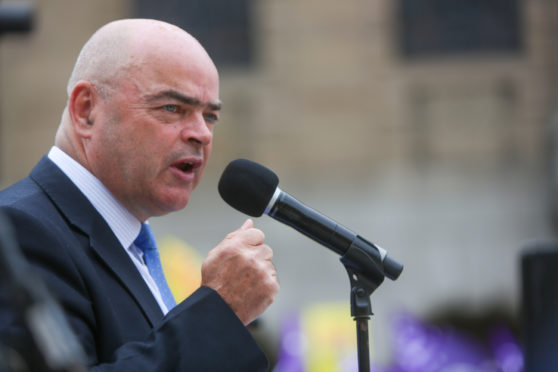Scotland’s largest teaching union has launched a national survey to examine how increasing workloads are contributing to rising stress levels.
Severe work demands have been identified as a major issue for teachers, and the Education Institute of Scotland (EIS) has been campaigning to try and reduce workload pressures.
The EIS said Scotland’s teachers work some of the world’s longest hours, while having to deal with large class sizes.
Last year it was revealed that the number of absence days taken by Aberdeen teachers due to stress had risen dramatically.
By last April there had been 2,486 days of absence since the start of term, an increase of 60% on the same period in the previous academic year.
The figures equated to every teacher taking the equivalent of two days off for stress-related illnesses.
And almost 33,000 school staff days were lost in the north and north-east in 2017/18 as teachers struggled with mental health.
Highland Council recorded 11,781 days lost by staff for mental health reasons, the third highest total of any local authority in Scotland.
EIS general secretary, Larry Flanagan, said: “Scotland’s teachers work some of the longest hours in the world, with a far larger teaching commitment than teachers in most other countries.
“Scotland also has large class sizes, with a profound impact on both teacher workload and the learning environment of pupils.
“The EIS is committed to campaigning to address these issues, with the aim of cutting both maximum class size and teachers’ maximum class contact hours to 20.
“These campaign aims will become a major focus as we move towards negotiations on teachers’ next pay settlement, which is due in April next year.”
The last nationwide workload survey undertaken by the EIS, in late 2018, delivered what the union described as “shocking” results.
More than three quarters of teachers reported they felt stressed “frequently” or “all of the time”.
Almost 90% said their stress levels had either stayed the same or had increased over the previous year and 82% said they were dissatisfied with their workload levels.
Almost two-thirds reported working more than five hours extra a week, over and above their contracted hours.
Mr Flanagan said the last national survey had “laid bare the true scale” of the burden on Scottish teachers.










